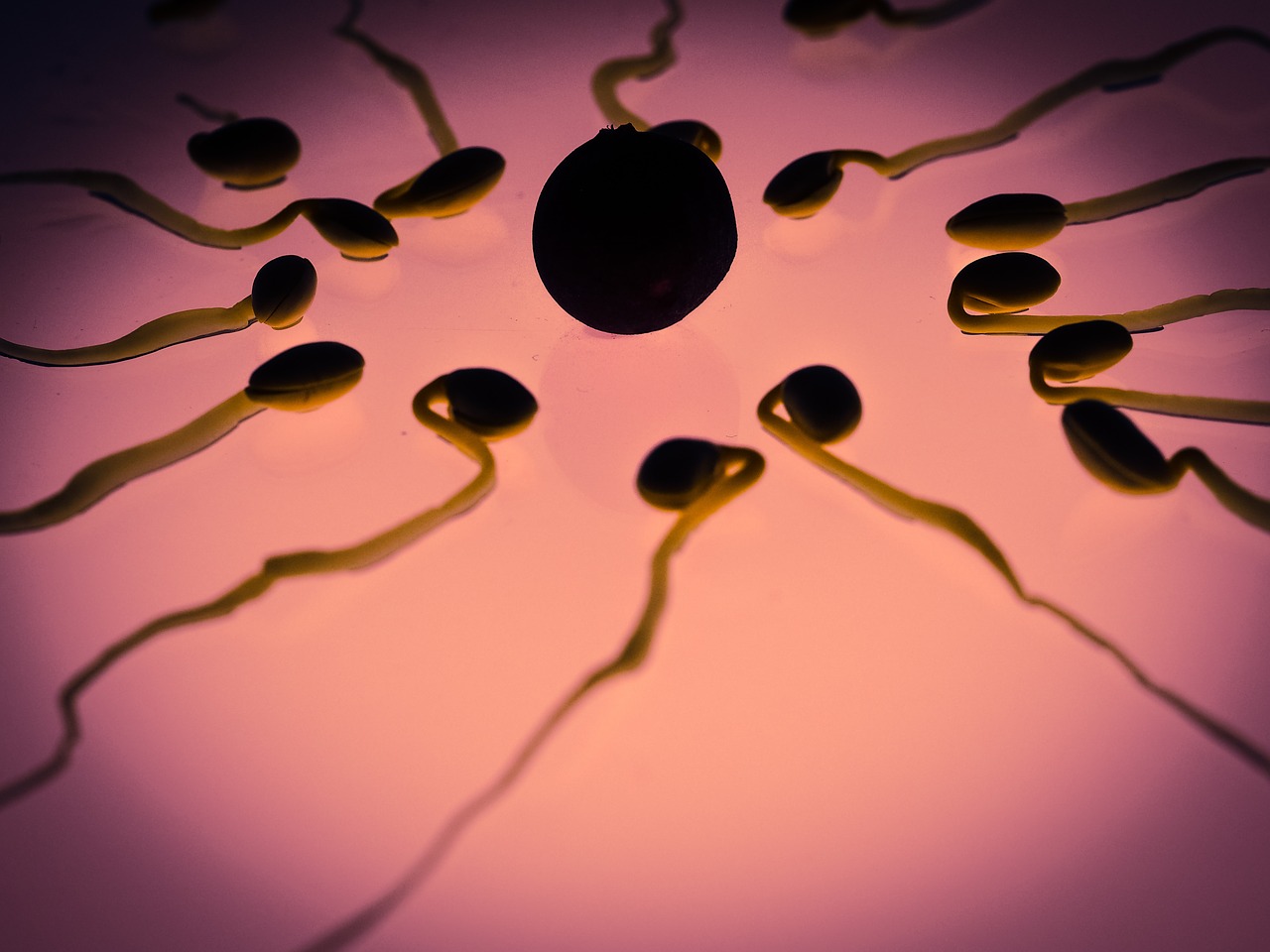OK, the vasectomy reversal worked and your gun is loaded again. But you’re still not conceiving. What’s up with that? Consider blaming the epididymis.
The epi-what-a-mis?
It’s a small, comma-shaped organ down there whose life was altered after the vasectomy. It used to help fertility, but the vasectomy changed all that.
Pivot and Roll
Within the nether regions of men, between the testicle and the vas deferens (where vasectomies are done), there’s a tiny 18-foot long, tightly coiled organ through which sperm must pass for 2 weeks before they are ejaculated. You see, sperm that leave the testicle can barely move and have no sense of smell or direction. And, even if they were to find an egg, testicular sperm wouldn’t know how to fertilize it. It takes an epididymis to teach them these things.
After a vasectomy, sperm are trapped within the system and collect by the millions within the epididymis. Noting this change in landscape, the epididymis adapts its job description to this new setting by dismantling sperm and helping them get reabsorbed by the body. And that role is quite different from the one it used to play in maturing and enabling sperm.
The longer the vasectomy is in place, the more adept the epididymis becomes at destroying sperm. Then, one day, its owner gets a vasectomy reversal and things start flowing again. We can’t expect the epididymis to instantly revert back to its old job and immediately begin to nurture sperm. It takes time. Like months.
Sperm Math
When we studied how sperm counts return to semen after vasectomies of various ages are reversed, we found some interesting things. First off, sperm counts return to the semen quicker than does sperm motility. And, the older the vasectomy, the slower the return of sperm motility to the ejaculate. Since motile sperm are required for conception, fewer motile sperm means a longer time to pregnancy after reversal. I understood this much better when I began to think like the epididymis. There’s a lot of biology going on in this little organ-that-could.
What all this means is that although sperm may be found in the semen early on after reversal, what makes the semen “fertile” is movement, and that takes longer. After reversal older vasectomies show a slower return of motility to sperm as compared to younger vasectomies. So, the time to pregnancy after reversing older vasectomies is longer than with younger ones. It ranges from several months to a year or more. It’s just epididymal math. Bottom line is that patience matters after vasectomy reversal surgery.
This article first appeared on Dr. Turek’s blog.
Image by Thomas Breher from Pixabay




